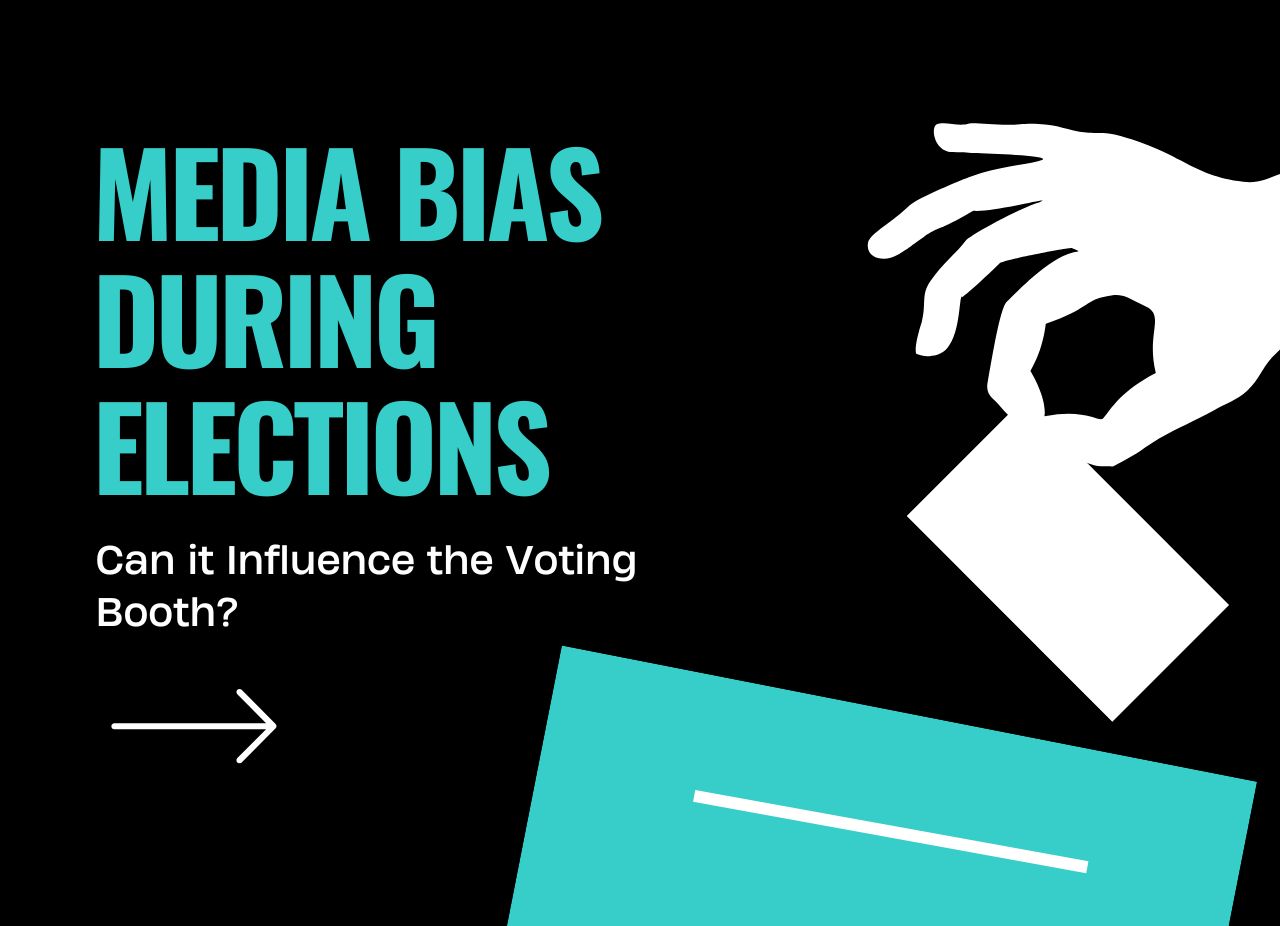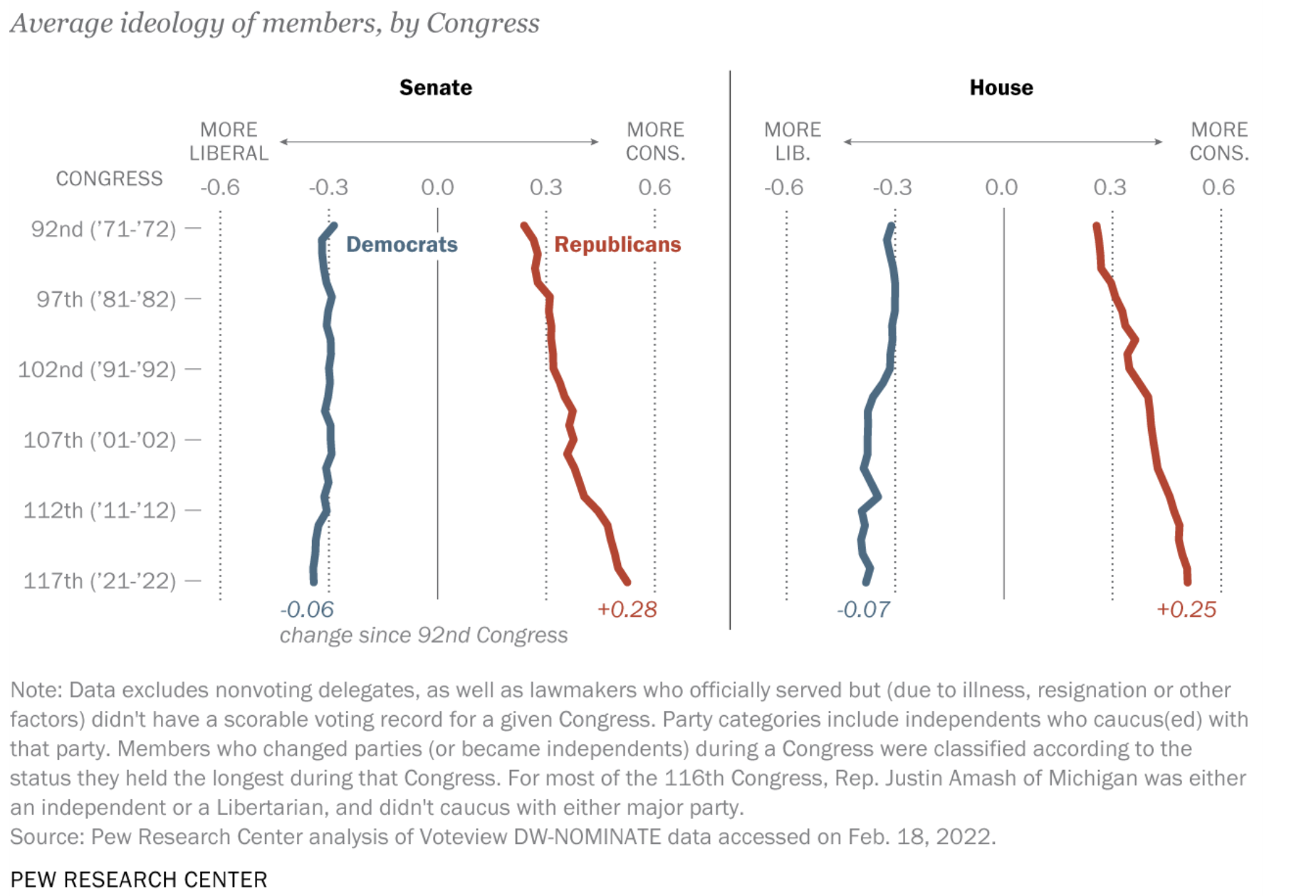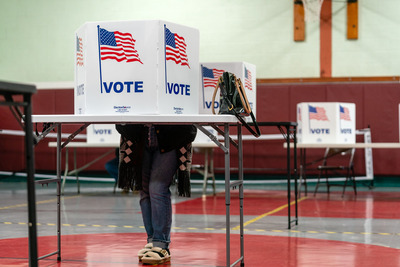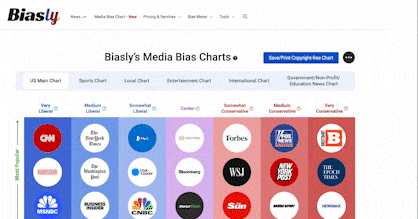
Worries about media bias are rampant in today’s political landscape. These concerns about biased news beg the question: Does the media have the capacity to impact our elections? Studies have shown that the frequency of bias in the news is increasing. It can be difficult to pin down exactly what leads to election outcomes. However, there is evidence to suggest that bias in the media affects voters’ opinions and political behavior in ways that linger on election day.
This specific post will primarily look at how this phenomenon operates in the U.S. Together, we will explore how media bias shows up, its effects, and potential impacts on elections.
What is Media Bias?
So what is media bias, again? Media bias happens when a news outlet or journalist favors or opposes one political perspective over another in their reporting. Usually, this partiality sacrifices neutrality and truthfulness. As a result, media bias can critically affect the piece’s reliability. Media bias goes hand-in-hand with reliability (or a lack thereof). This is why news reliability ratings are so helpful.
Everyone has biases, and the media can play on those biases. (And if you think you don’t have a personal bias, try our Personal Bias Survey and see if you change your mind!) If enough people consume this kind of incendiary content, media bias and politics can create a perfect storm during election season.
Effects of Biased Media
Media bias in elections starts with the effects of media bias before the race even begins. While somewhat indirect, the political conditions that biased media create are compelling. These are always dangerous, but can be particularly alarming during election season.
Increased Polarization
Many people express concern about extreme partisanship in America. These fears are valid. Democrats and Republicans are more ideologically opposed than they have been in the past 50 years, according to a report on polarization from the Pew Research Center.

Source: Pew Research Center
Additionally, the Carnegie Endowment for International Peace notes that “affective” polarization has been rising. Affective polarization refers to the general dislike for and distrust of members of the opposing party. This article also points out that affective polarization has risen with the popularity of radio talk shows and their successor, cable news. The media strongly impacts polarization, which affects political processes like elections in turn. A study on news distribution on Twitter during the 2016 and 2020 elections found that the spread of political news on social media was instrumental in distributing election polarization.
Echo Chambers
This kind of increased polarization creates a high demand for biased media. If we only listen to what we are automatically inclined to agree with, we create an echo chamber. This happens when someone mostly or only consumes media that is biased towards their views. This prevents them from seeing the full picture. This is problematic during elections when it’s critical to make an accurately informed decision about candidates.
Our news affects our polarization, but a study on media bias perception during the 2016 election found that our polarization can also affect how we see the media. This makes it easy for a polarized population to see everything they don’t agree with as biased. Being a smart news consumer isn’t just about noticing biased content. It’s also knowing when something isn’t biased, even when you don’t like it. That’s why bias checkers like Biasly’s don’t just tell you if something may be unreliable—they tell you if it seems trustworthy, too!
Misinformation
When we neglect to find reliable, unbiased news, we can consume some dubious content. Misinformation can be very appealing to polarized news readers in an echo chamber.
Researchers conducted a study on misinformation identification around the 2020 election. This study found that misinformation in the media and elections have a dangerous relationship. Readers were 4% more likely to identify headlines that resonated with their political stance as true, even if they weren’t. What’s more is that these readers were more vulnerable to misinformation in the weeks leading up to an election.
A well-known example of misinformation during election season is the birther conspiracy about President Barack Obama. In 2008, rumors that Obama was not born in the United States began circulating in an attempt to discredit his citizenship. This theory gained traction during the 2008 election and is still somewhat popular despite being debunked.
This consequence of biased media is always reprehensible, but its effects are magnified in elections. If you want to combat misinformation, you can report troubling news here.
Reporting on Elections in the Media
Bias in reporting specifically on elections shows up in a couple of ways. The two main ones are the coverage and the content of election news. Coverage refers to the extent of reporting on a person or issue, and content refers to the information presented in news coverage.
Coverage
Media bias in presidential elections can play out in the coverage approach they take. Oftentimes, elections are presented as “horse races,” where the focus is on who is “winning.” This can lead to extra coverage of candidates that seem popular right off the bat. More press and publicity beget popularity, and the cycle continues. This coverage approach can leave behind less initially popular candidates.
The 2016 election is a prime example of this. Some of Bernie Sanders’s supporters were frustrated that Hillary Clinton received more coverage than Sanders in the first half of 2015. Harvard Gazette reports that Clinton received three times the coverage Sanders got. The disproportionate coverage could potentially be a factor in Sanders’s failed run. Even several much less Republican candidates received more coverage. Additionally, President Donald Trump received the most coverage of any candidate by far, and it was largely positive.
Content
This leads us to the content of biased media during elections. Political tensions are often ramped up high in election seasons. In these times, it is not uncommon to see personal attacks, inflammatory language, negative coverage of candidates, and emotional appeals. These tactics are often used in place of fair coverage of policy platforms.
There was plenty of provocative content from biased media around the 2024 presidential election. Across the political spectrum, the primary candidates were framed in a variety of negative ways. CNN, a leading left-leaning source, posted these two headlines in 2024:

Source: CNN

Source: CNN
Words like “flails” and “authoritarian” are charged, meant to invite the assumption that Trump is incompetent and invoke feelings of fear. Appealing to leftists’ concerns about conspiracies and authoritarianism, the articles imply that Trump is a danger to America. The bodies of these articles invoke similar language.
Similarly, Fox News, a leading right-leaning source, posted these two headlines in 2024:
![]()
Source: Fox News

Source: Fox News
The first headline plays on the emotional appeal of understanding the struggles of average Americans. In asserting that one candidate does not empathize with her constituents, it suggests that voting for her is inadvisable. The second headline is highly misleading. It implies that President Joe Biden himself is inclined to walk away from democracy. In reality, these quotes were from a speech about overcoming challenges to keep democracy stable.
These four headlines are a sample of biases exhibited by media outlets in the 2024 election. News has a lot of power to subtly influence voter perceptions of candidates. It takes practice to catch these techniques. Luckily, using resources like a media bias chart is an easy place to start tackling this challenge head-on.
Impact on Elections
So, how does media bias affect elections, specifically? It is nearly impossible to pinpoint direct effects because of the multi-faceted nature of elections. However, we can see correlations between biased media and voting trends.
Voting Patterns
One of the variables that bias in the media can influence is voting patterns. Biased media seems to have some level of effect on what party people identify with or vote for. A study from DellaVigna and Kaplan examined towns where Fox News entered the market in the late 90s. They found that Republicans gained 0.4 to 0.7 percentage points in those towns. Additionally, this study concluded that Fox News persuaded anywhere from 3 to 28 percent of viewers to vote Republican.
A study that focused on local conservative news coverage found similar results. The study concluded that just one additional year of news coverage can increase the Republican presidential vote share in a county by 0.136% points. It also found that certain biased local news outlets convinced 2.6-3.5% of their viewers to vote Republican. While there isn’t anything wrong with being persuaded, these results show the tangible impact biased media has on elections. To limit unwanted effects on our voting patterns, we have to be aware of that power. Try taking our Personal Typology Survey to understand where you fall politically and then determine your blind spots from there.
An experiment on misinformation and elections also affirmed biased media’s potential impact on voting. This experiment showed that exposure to misinformative headlines can alter democratic voting behavior. Media literacy education and analytical skills are critical for reasons just like this. Without these abilities, we can internalize untrue statements without even realizing it.
Voter Turnout
While media bias’s impact on voter turnout is nuanced and conflicting, there are some interesting findings. One such study concluded that the implicit messaging about the closeness of a race in media bias impacts voter turnout. Here’s a paraphrased explanation of one of the conclusions:
Imagine a media outlet that usually supports Candidate A’s side. If the outlet favors Candidate A during election season, voter turnout will increase. This is because the outlet’s bias towards Candidate A doesn’t change much about the perception of competitiveness in an election. Of course they would favor Candidate A! So, voter turnout ends up being high because people still think it could be a close race.
Now, imagine that this media outlet, still politically aligned with Candidate A, decided to favor Candidate B. The outlet’s bias towards Candidate B signals that the quality of Candidate B is significantly higher than Candidate A. Why else would the outlet switch sides? This leads people to believe that Candidate B is an obvious choice and will win in a landslide. Therefore, fewer people feel the need to vote.
This finding demonstrates the side effects of how the media affects voting behavior, even in unusual ways. The bias towards candidates by media outlets may not intend to increase or decrease voter turnout. But they might anyway! That’s a secondary danger of election bias in the news.

“A voter stands in a voting booth at Emily City Hall, Minnesota on Nov. 5, 2024” by Lorie Shaull, CC BY 2.0
What Can We Do About It?
Especially if it’s election season, it’s great to be on the lookout for media bias. Here are six questions that you can ask yourself when you are reading the news:
- How does the outlet and/or journalist depict the candidate? Is there an obvious political preference in their description and portrayal?
- Does this outlet and/or journalist give all of the candidates at least a fair, if not equal, amount of coverage?
- Does this piece emphasize personal, unrelated attacks on a politician (like name-calling), or does it focus on their policies and election issues?
- Has this news outlet and/or journalist publicly endorsed a candidate?
- How does the outlet and/or journalist depict the key election issues? Is there an obvious political preference in their description and portrayal?
- Has this piece considered the opposing viewpoint(s)? Have I considered the opposing viewpoint(s)?
You don’t have to make these assessments alone, either. Biasly’s Chrome extension analyzes bias in articles you read and provides estimates of their reliability and sentiment toward politicians. All you have to do is visit an article on a news website and click the Biasly icon. Biasly’s AI-powered Bias Meter will generate a bias report for the article in seconds!
Now that you have the basics down, you can start assessing bias in the news during future election seasons. To keep our political systems strong, we need to make smart, informed decisions in the voting booth. To do so, we need to have the skills to access and identify trustworthy information in the first place. We owe it to ourselves and to democracy.























